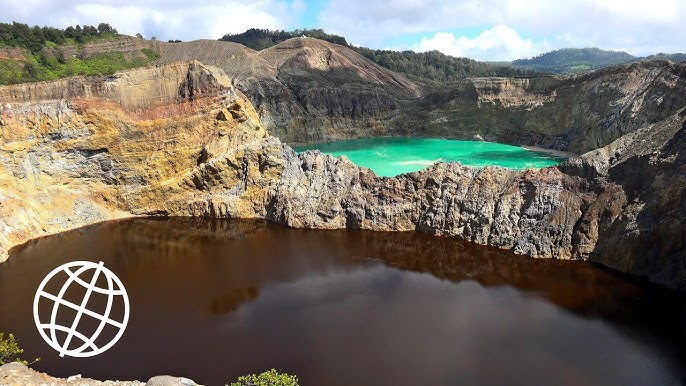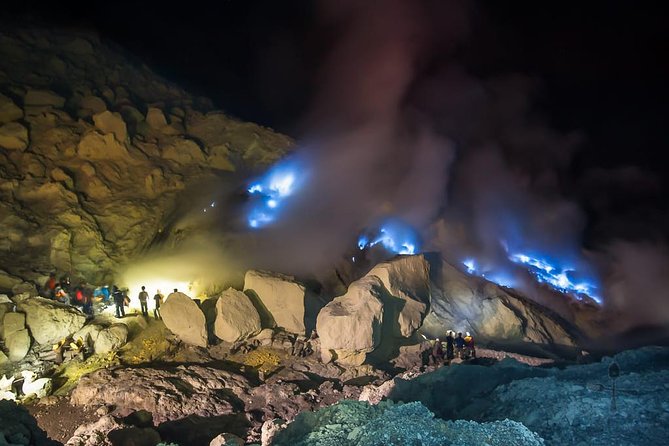Hidden in the city of Puebla, Mexico, lies one of the world’s most fascinating geological attractions: Cuexcomate, often referred to as the world’s smallest volcano. Although it looks like a miniature volcanic cone, Cuexcomate is actually a unique geological formation that has captured the curiosity of travelers, geologists, and history lovers for centuries.
What Is Cuexcomate?
Cuexcomate stands at only 13 meters (43 feet) tall, making it far smaller than any typical volcano. Despite its nickname, Cuexcomate is not a true volcano. Instead, it is a geyser cone formed by mineral deposits left behind by hydrothermal eruptions. Over time, these deposits built up into the cone-shaped structure visible today.
How Cuexcomate Was Formed
Cuexcomate was created in 1664 during activity from the nearby Popocatépetl volcano. High-pressure steam and mineral-rich water surged to the surface, hardening into a mound of limestone and other minerals. This process formed a small but striking cone with a deep interior cavity.
Visitors can even descend inside Cuexcomate through a metal staircase that leads to its hollow center, offering a rare look at the inner walls of this unusual formation.

Legends and Local History
Cuexcomate is steeped in local lore. One long-standing legend claims the structure was once used for ceremonial purposes or as a place for sacrifices, though historians believe this is more myth than reality. Nevertheless, the stories add to the mystique surrounding this miniature marvel.
The name “Cuexcomate” itself comes from the Nahuatl word cuexcómatl, meaning “clay pot” or “bowl”, a fitting description of its shape.
Why Visit Cuexcomate?
1. A Geological Curiosity
Cuexcomate is a rare example of a geyser cone accessible to the public. Few natural formations allow visitors to step inside their structure safely.
2. Urban Accessibility
Located in the La Libertad neighborhood of Puebla, Cuexcomate is easy to reach and makes for a quick yet memorable stop.
3. Ideal for Educational Tourism
Cuexcomate provides an excellent learning opportunity about:
- volcanic systems
- hydrothermal activity
- geological formations
- Mexico’s volcanic history
4. Great for Photos and Social Media
With its unusual shape and walk-in interior, Cuexcomate makes a perfect feature for travel photos, geology blogs, and family trips.
Environmental and Cultural Significance
Cuexcomate is part of the geological heritage of Puebla and contributes to the cultural landscape that includes nearby volcanoes such as Popocatépetl and Iztaccíhuatl. Its preservation helps maintain public interest in natural history, local legends, and Mexico’s volcanic geography.
Conclusion
Cuexcomate may be known as the world’s smallest volcano, but its scientific importance, cultural stories, and unusual formation make it a giant in terms of fascination. Whether you are a traveler exploring Puebla or a geology enthusiast seeking rare natural formations, Cuexcomate offers a unique glimpse into Mexico’s volcanic past.





